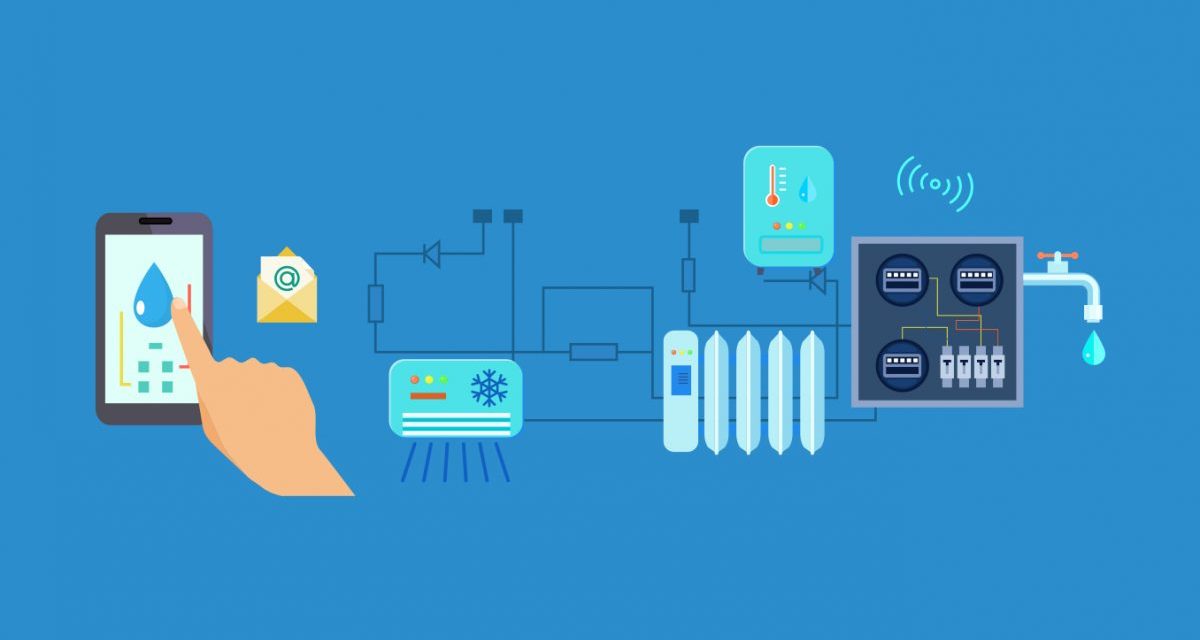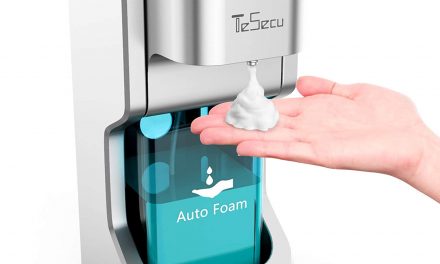Freshwater is a scarce resource and needs to be conserved. Through the use of technologies such as IoT, cloud computing and big data, water conservation can be achieved. This article explains about how technology is improving water systems through the use of smart water management systems.
Before we get into smart water management systems, let us begin by defining the term.
Table of Contents
What is a Smart Water Management System?
A smart water management system is a system designed to gather meaningful and actionable data on the flow, pressure and distribution of a water system. This could be a water treatment facility located in a school, a company or the water system managed by a city’s municipality. Its main goal is to ensure that the infrastructure and energy used to transport water are managed effectively.
Water covers 70 percent of the planet, but not all of it is usable. Most of it is in the ocean, and very expensive desalinations plants need to be used to harness this water. Just a meagre 3% of the world’s water is fresh water. Two thirds of this fresh water is either frozen in glaciers or unavailable for our use. Many of the water systems that currently keep the ecosystems thriving have become stressed. Lakes, rivers and aquifers are drying up or becoming too polluted to use. With the continuing growth in the human population, the water problem can only get worse. This necessitates the use of water conservation technologies such as the smart water management systems.
Characteristics of Smart Water Management Systems
- Instrumented – The systems are able to sense, detect, measure and record data.
- Interconnected – The systems are able to transmit information that can be used by system operators and managers.
- Intelligent – The systems are able to analyse the parameters present and create quick responses automatically.
Technology Used in Smart Water Management Systems
1. Digital Input Devices
These are the sensors. These devices are present to detect the parameters. In water the main parameters that are measured are: pressure, pH, water flow and water level. Various types of sensors are used to achieve this. Through the use of these sensors, the data is sent in real time to a processing system e.g. a cloud server, or a SCADA system. These are a key component of smart water management systems.
Examples of where these devices are used: acoustic devices used for real time leakage detection, smart water meters used for measuring water consumption, video cameras for asset management, and rain gauges.
2. Supervisory Control and Data Acquisition System (SCADA)
This is the system that receives the data from the field sensors. This is used to process the information and remotely operate the system. It is used to optimise the systems and processes. These form the “brain” of the smart water management system
Examples of where these devices are used: pressure management, pump station optimization, sewage treatment plant control, and water treatment control.
3. Geographic Information Systems
These are systems that are used to store, manage as well as to manipulate spatial information.
Examples of where these devices are used: asset mapping and asset management, environmental data analysis, integrated network modules.
4. Software
These are the sets of algorithms that are designed to store, use and report the data. Through the use of IoT and cloud computing these could be SaaS applications that rely on data from the cloud. An example is a web-based smartphone water management application. It will be very easy to install, the user just has to press the install button and the application installs itself. It can then be used to monitor and control the processes present.
Applications of Smart Water Management Systems
1. Conservation of Water Sources
In this application of smart water management systems, sensors are used to detect the water storage levels in water sources. These water sources could be lakes or reservoirs. The smart water management systems will provide the reservoir manager with data about the water quality, temperature and water flow. These systems can also map an aquifer which is a crucial data point for many reservoir managers.
2. Smart Water Delivery
Smart water management systems detect water leakages in pipes. This wasted water, commonly referred to non-revenue water not only represents wasted water, but it also represents wasted energy and capital. These smart water management systems can map and model water distribution networks, help manage inaccurate metering and identify the exact point where leakages occur in the water system.
3. Smart Wastewater Treatment
In this application, smart water management systems are used in waste water plants to improve efficiency. This is achieved by monitoring the real time data for water flow, water temperature, and the quality of the water. This allows the managers to gain valuable insights that will help them improve the processes, thus, making them more efficient.
4. Smart Meters
It is now almost a standard feature for water meters to be installed at each and every household in a town or city. This allows the city councils to obtain valuable insights from those smart meters and they can use this data to identify days and hours in which the water demand is very high and allow them to adjust accordingly. In addition, this encourages the households to use the water less wastefully.
5. Smart Water Infrastructure
Due to global warming, there have been significant climate changes. This has resulted in more ferocious weather events which cause great damage to the water infrastructure. IoT technology can be used to act as a critical mechanism of risk management. This can be used by cities, insurance companies as well as utility managers.
An example is using IoT sensors in sewer systems that measure the water levels present. When the sewer line becomes overloaded, a signal is then sent to the central system that diverts the water from one part of the sewer system to another part of the sewer system. This prevents flooding, as well as greatly reducing the health risks associated with raw sewage in public domains.
Conclusion
Smart water management systems are bringing various benefits to consumers as well as to city councils. This article has explored the applications of smart water management systems, and highlighted a few benefits of such systems.
We hope you enjoyed the article.





![IoT Sensors [Types of Sensors & Uses]](https://greenthrottle.com/wp-content/uploads/2020/05/IoT-Sensors-440x264.png)